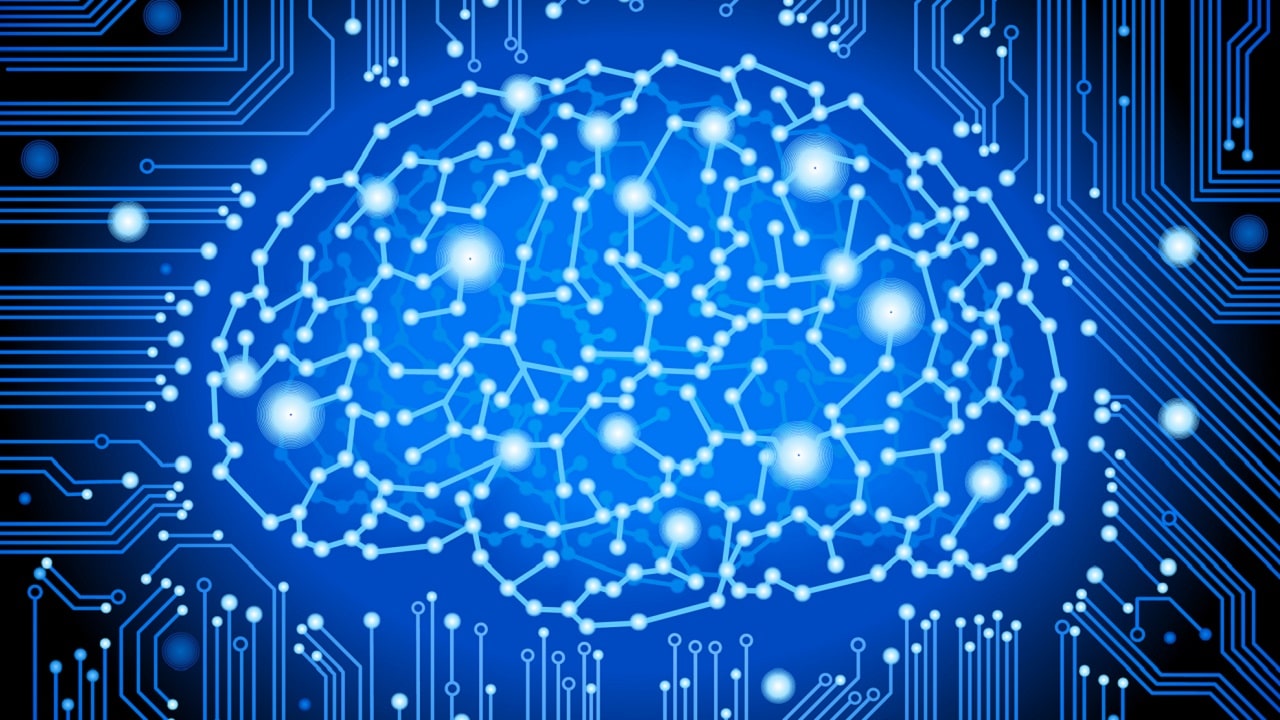Metathe parent company of Facebook, Instagram and WhatsApp, is working on a system based onArtificial Intelligence (AI) able to decode images directly from the electrical activity of the human brain. This technology uses the magnetoencephalography (MEG), a noninvasive neuroimaging technique that measures i magnetic fields generated by the transmission of neuronal signals in the brain with millisecond precision.
Meta and AI to decode images directly from the human brain
As DDay explains, Meta researchers have developed an AI capable of reconstruct in real time the images perceived and processed by the brain. Thus opening the way to new possibilities in the interaction between the human brain and technology. A scientific study written by Yohann Benchetrit, Hubert Banville and Jean-Rémi King talks about this novelty.
The machine learning system uses data from MEG exams carried out on volunteers. The main objective is to analyze in detail how the human brain processes the images it seesreplicating these processes with an algorithm inspired by the functioning of the brain.

The Meta system consists of three main components: a image encoderand cerebral encoder it’s a image decoder. The image encoder creates a wide range of image representations independently of the brain. The brain encoder learns to correlate MEG signals with these image representations. Finally, the image decoder generates a plausible image based on these brain representations.
The researchers conclude that although the AI system still generates imperfect images, the results they preserve the categories of objects. However, the system often fails to generate low-level details, with errors in the position or orientation of objects.
But the big advantage lies in speed of image decoding, which provides brain “snapshots” only every two seconds. This feature makes the Meta system more suitable for applications such as human-computer interfaces.
Although ethical and privacy issues still remain open, this technological development suggests possible revolutionary applications in the human-machine relationship.















Leave a Reply
View Comments